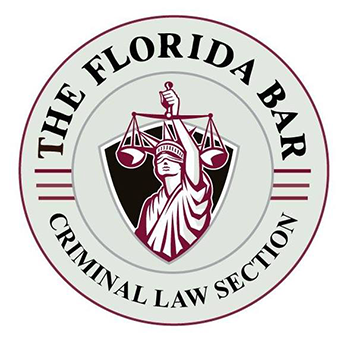Request for Prosecution Forms
What happens if an officer investigates a misdemeanor, but didn’t actually witness every element of the crime?
For most types of misdemeanors, the officer cannot make a warrantless arrest if the crime was committed out of the officer’s presence.
If a warrantless arrest is not allowed, the officer might give the alleged victim a form called the “Sworn Request for Prosecution by Complaintant.”
The officer will tell the alleged victim that if they wish the case to be considered for prosecution, they must mail the form to the State Attorney’s Office at 419 N. Pierce St., Tampa, FL 33602-4022.
The form must be mail after 10 days from the date of the incident but no later than 21 days from the date of the incident. If the form is received more than 21 days after the incident, then the case will not be prosecuted.
Attorney for Victims Requesting Prosecution
If you are requesting that someone is prosecuted, you do not need necessarily need an attorney. Although in some cases, particularly cross complaints were issued, you might want an attorney to assist you.
In these cases, we typically charge a $1,000 retainer and bill at $400 an hour. In most cases, the total charge is capped at $1,000.
The attorneys at Sammis Law Firm in Tampa, FL, are familiar with the way these cases are prosecuted in Hillsborough County, FL, and the surrounding counties of Hernando, Pasco, Pinellas, Manatee, and Polk.
Our main office is located in downtown Tampa. We have a second office in New Port Richey, FL.
Contact us for a free consultation by calling 813-250-0500.
Information Required on the Request for Prosecution Form
Part of the form is filled in by the officer including the UCR Agency Case Number, the
Defendant’s name, address, DOB, Sex, Race, Height, Weight, Telephone Number, the offense date and location, the criminal charge, the names and contact information for any witnesses, and the name of any co-defendant.
A separate complaint form must be used for each co-defendant. In some cases, a cross-complaint is issued when two people make allegations against each other.
The form asks the officer to explain the facts that establish that a crime was committed. For example, a battery requires that the defendant knowingly and willingly committed a battery on the victim by touching, hitting, punching, or striking the alleged victim against their will.
The form also asks for the officer to explain any facts necessary to establish that the Defendant is the one who committed the crime. For example, the form might provide: “The victim of the incident above positively identified the defendant by Florida Driver’ s License photo.”
The form will list the name of the Law Enforcement Officer, their Badge Number, District, and Squad.
The next section of the form is filled out by the complainant. That portion of the form provides:
“I desire prosecution in this case and request the State Attorney’s Office to review it for prosecution. I will be present for any required court dates should this case be prosecuted.”
The form then asks the alleged victim to write a brief statement about what happened and list any additional witnesses not listed above, and their addresses.
Prosecutions by the Direct File Information
After the form is provided to the State Attorney’s Office, they will investigate the incident to decide if any charges should be filed. If they decide to file charges, the State Attorney’s Office will file a “direct information.”
If charges are “direct filed,” an arrest warrant might be prepared to bring the accused into custody. In other cases, the complaint can be forwarded to the Clerk who will take the affidavit and administer an oath. The Clerk will then issue a summons.
After the summons is issued, the complainant is entitled to a hearing before a magistrate. The magistrate may issue a capias (warrant) if the party complained against fails to appear at the hearing or the evidence is sufficient.
This article was last updated on Wednesday, May 26, 2021.














